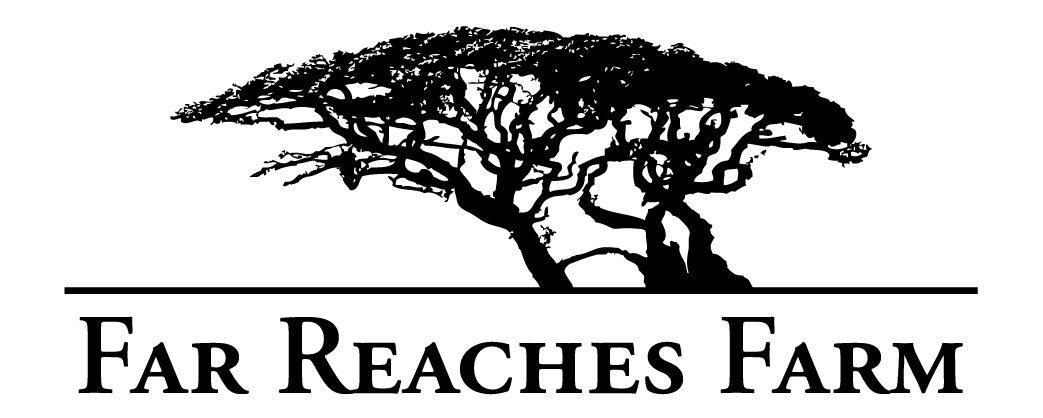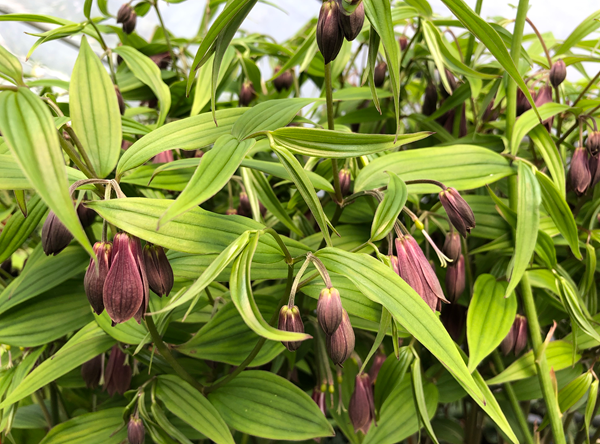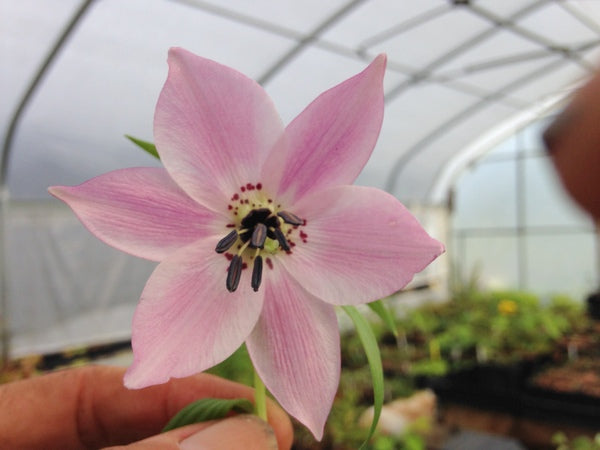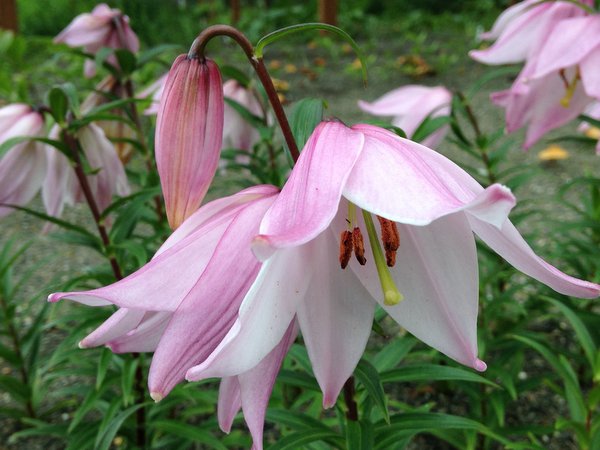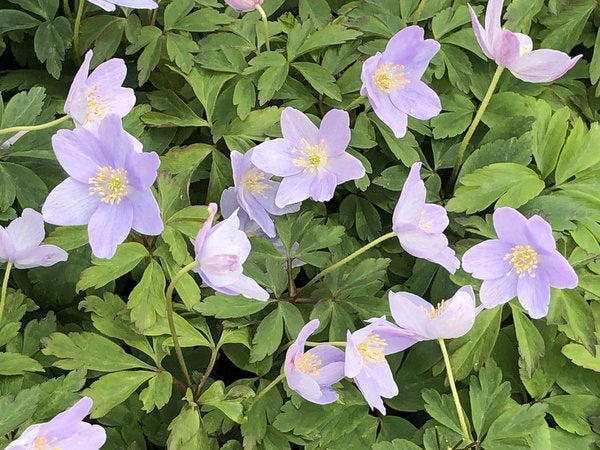Sort by:
1758 products
1758 products
When ethnobotanical and ornamental interest collide it's always a plant worth investing in, and this one hits high marks in both categories. The common name paperbush refers to the use of the plant in making paper, notably that used in Japanese banknotes. Meanwhile the specific epithet of chrysantha foreshadows the unique clusters of early-blooming tubular yellow flowers with an incredible scent. Add to that the gently arching candelabra-like form and I can't see why this isn't in every garden possible.
Long my favorite Bergenia with large upright broad paddles of leaves which turn the best maroon in the winter of any in the genus. Oh sure, the dark pink flowers are good in spring but this plant is one of the few reasons I look forward to winter. Galanthus for contrast - oh my.
Featured in Fine Gardening
Click HERE to read the article.
A very elegant species combining refinement of foliage and flower. Rounded leaflets softly tinted in flesh tones back the single pink goblet shaped flowers. Exquisite is a word not used lightly here. A denizen of the Japanese woodlands, this performs beautifully in full to part shade. The flowers, while small, are not to be discounted as the presentation is very good. What is better are the flamboyant starfish seed pods which open in fall to reveal a jewel box of glistening seeds like blue-black pearls nestled in the carnelian of infertile seeds. Fair to say this is the queen of our shade garden in the fall and all who view her display become instant loyal subjects. These are seedlings that are a few years from blooming size.
This diminutive Felt Fern is widely distributed in China and Taiwan and differs quite markedly from the increasingly ubiquitous Pyrrosia lingua with 6" strappy leaves soft as the ears on our friends' new kittens, Oliver and Stanley. This would be found as an epiphyte in trees or shaded rock outcrops or cliffs that are moist, where it grows nearly horizontal. Would make an excellent stumpery groundcover element.
